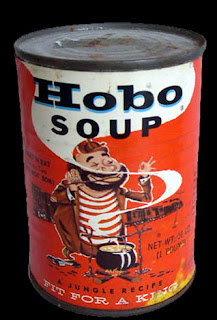Here are the top 10 food sources of iron, according to the USDA's Dietary Guidelines for Americans. It's worth noting that Vitamin C helps your body absorb iron from food
Iron is essential for building healthy muscles and maintaining healthy blood.
Iron is essential for building healthy muscles and maintaining healthy blood.
It can be a challenge to get as much iron you need in a day. Knowing which foods contain the most amount of that nutrient can make the task easier. The Recommended Dietary Allowance (RDA) for iron is 18 mg for adult women, and 8 mg for men.
Clams
Surprise! Clams take the top prize for providing the most iron. Three ounces of the shellfish provide 23.8 mg of iron and 126 calories. Whether you like them raw on the half shell or cooked in your clam chowder, clams are also a surprising king of the superfoods: clams are also a top source of potassium and Vitamin B12. Clams are unlikely to be contaminated, and according to the Environmental Defense Fund's Seafood Selector, the farming of the most common clams in the U.S. (northern quahogs) does little ecological damage.
Recipes:
Linguine with White Clam Sauce
Cereal
This includes cold and hot ready-to-eat cereals. The amount of iron you can get from cold cereals ranges from 1.8 to 21.1 mg of iron, but it's typically lower for hot cereals (4.9 to 8.1 mg), so check those labels. Ready-to-eat fortified cereals are also often a good source of calcium.
Surprise! Clams take the top prize for providing the most iron. Three ounces of the shellfish provide 23.8 mg of iron and 126 calories. Whether you like them raw on the half shell or cooked in your clam chowder, clams are also a surprising king of the superfoods: clams are also a top source of potassium and Vitamin B12. Clams are unlikely to be contaminated, and according to the Environmental Defense Fund's Seafood Selector, the farming of the most common clams in the U.S. (northern quahogs) does little ecological damage.
Recipes:
Linguine with White Clam Sauce
Cereal
This includes cold and hot ready-to-eat cereals. The amount of iron you can get from cold cereals ranges from 1.8 to 21.1 mg of iron, but it's typically lower for hot cereals (4.9 to 8.1 mg), so check those labels. Ready-to-eat fortified cereals are also often a good source of calcium.




